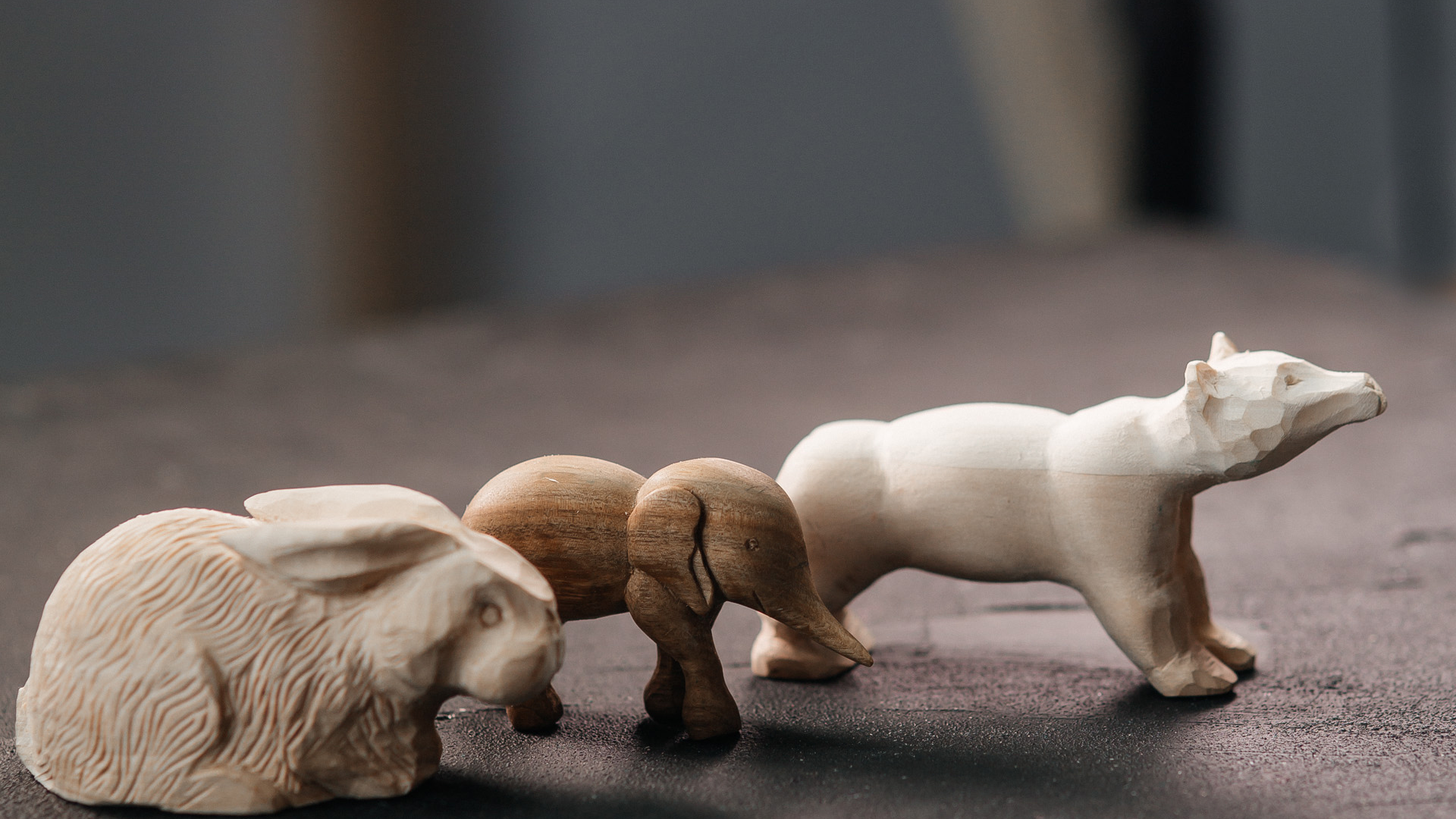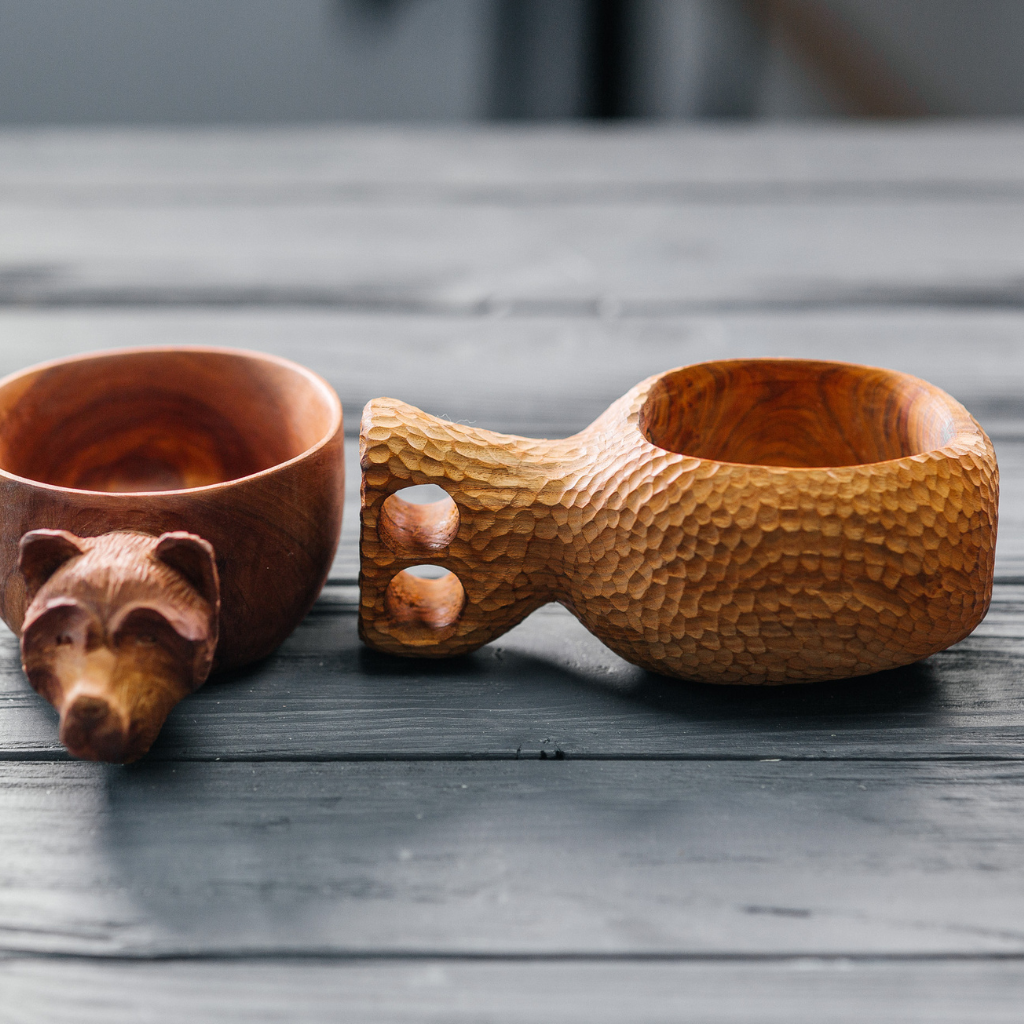Wood Carving Tips&Tricks

When you are just at the beginning of exploring the path of carving (or are excited to deepen your knowledge in this area), you’re likely to be paying attention to every little detail pertaining to the things you work with. Sometimes, you may notice that the weight of wood blocks that you work with is slightly different this time, even though they are approximately the same size. Does that affect carving in any way and what does it reflect? What does blade hardness means? These and many other questions we will cover below.
Blades in a carving knives set are usually made out of carbon steel that needs to be heat treated in order to take a certain shape that cannot bend or break. In other words, the blade needs to be hardened.
One blade’s hardness is measured using the Rockwell scale: the hardness score of wood carving knives should usually be between fifty-eight and sixty-two. If the blade is harder than it was supposed to be, it could be difficult to sharpen, even if it could hold an edge for a longer period of time than less hard blades.

Does Blade Length Really Matter?
When it comes to woodcarving, Size doesn’t matter is not applicable to the blades of the knives. For different purposes, blades of the wood carving knives are produced in different sizes by manufacturers.
Longer blades are more efficient, as they can remove a larger amount of wood faster than small knives: in just a few scoops you can create a deep, round cut. Chisels also vary in size, depending on the scope of the project you are working on – larger chisels, as well as gauges, are real time-savers when you work with big wooden blocks.
Small blades are important for carving and engraving details. For palm carving projects, knives are generally too small, with a thin blade whose cutting edge is on the bottom and the end, to help you have more control over the whole length of the blade, especially the tip.

Is handle design important when carving wood?
When you think of choosing the best knife for a project, you are usually focussed on the design of the blade, which needs to be in line with your needs – spoon carving, whittling, engraving – but many people tend to overlook the quality of the handle. Every passionate woodcarver knows how much of the quality of your work depends on the shape of the knife handle.
Imagine working on a bigger project that takes many hours to finish. After a while, your hand will get tired and sore from being in the same grip position for too long (the phenomenon also known as hand fatigue). If the handle is not comfortable for you and well adjusted, you are risking getting cramps and having to take more frequent and longer breaks. Also, using the same badly made handle for a long period of time is not recommended.
What does Edge Retention mean?
The expression you might have come across in product descriptions is that the knife holds an edge. This feature of a wood carving knife is called edge retention, and it is a significant characteristic of a blade.
Knives that hold an edge or have good edge retention in practice do not require frequent sharpening. Once they are sharpened (or delivered sharp), these knives’ blades will be very efficient for a longer period of time.
This is a useful advantage of a woodcarving knife simply because you won’t be needing to spend much time sharpening the tool with sandpaper every now and then in the middle of your project. With a good edge retention blade, you can be carefree and work without taking these needless breaks.

However, even when the edge stays sharp by design, if you are carving and whittling using a hardwood, like oak or maple, the blade will blunt faster. Still, they would last longer than the blades whose edge is losing sharpness with softwood just as easily.



